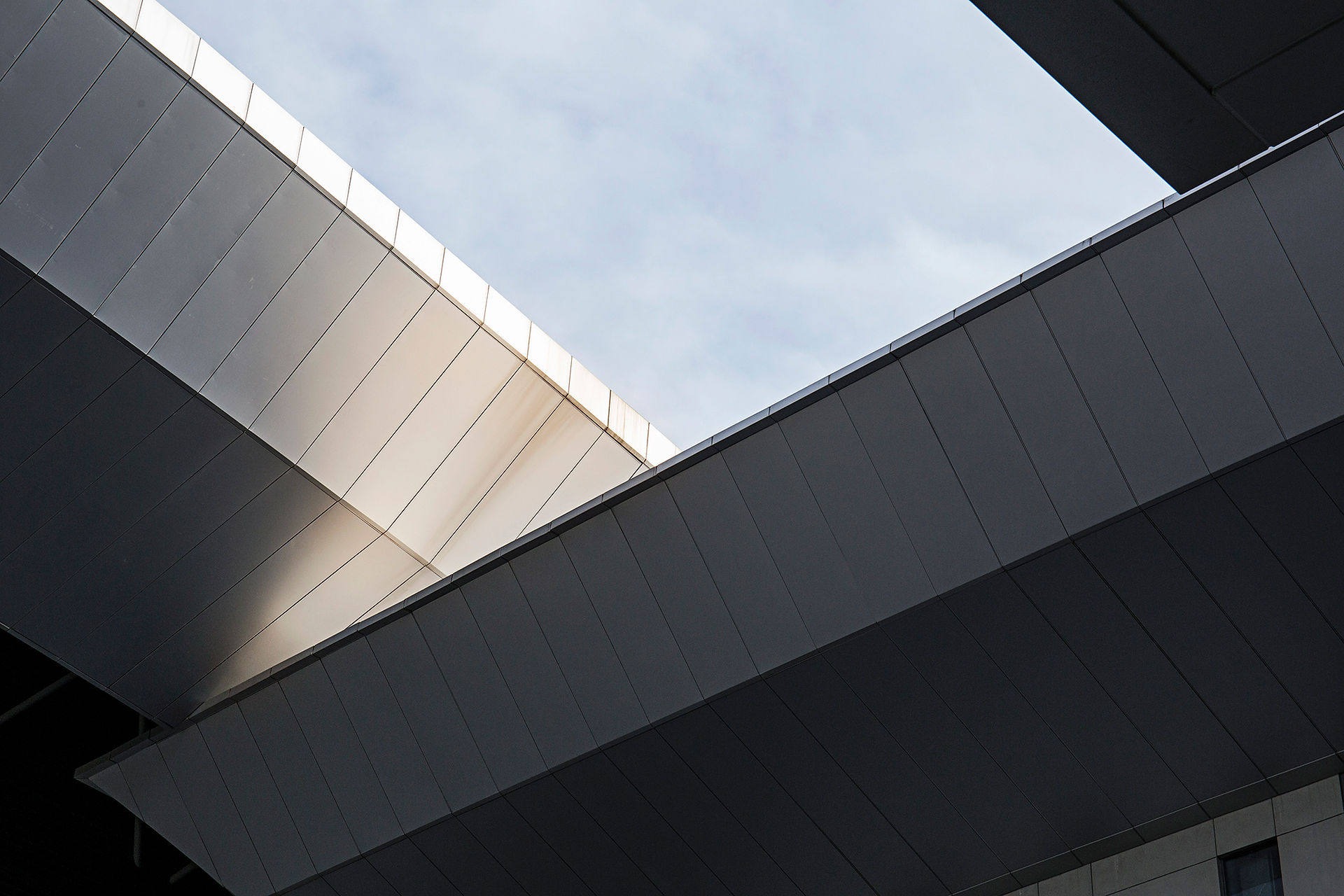
Project 3:
Space and Sensory: Self - Exploration through Spaces [Sensory Space]
In the final project, students were instructed to revisit their models from Project 1, where they gained insights into design principles and processes. Building on their knowledge from Project 2, which covered structure, materials, anthropometry, and ergonomics, participants are now tasked with transforming their Project 1 models into a series of Sensorial Spaces. These spaces, with a total volumetric boundary of 30m³, are designed to anticipate the user's journey, experience, and emotions. The project unfolds in three stages: re-exploration and examination of Project 1 models, translation of the spatial narrative into an architectural journey, and the development of the sensorial experience guided by various design elements.
process (what i've done)




Review and Analysis of Project 1 Models:
-
Revisit and thoroughly analyse the Project 1 models to identify key elements, forms, and design principles that can be further developed.
Spatial Narrative Development:
-
Based on the analysis, develop a compelling spatial narrative that communicates the desired user experience, journey, and emotions within the anticipated Sensorial Spaces.
Architectural Journey Planning:
-
Translate the spatial narrative into an architectural journey, emphasizing a coherent path-portal-place sequence.
Structure and Materiality Exploration:
-
Explore and experiment with different structural elements and materials to define the physicality of the Sensorial Spaces. Consider the interplay between structure, materiality, and the intended user experience.
Anthropometry and Ergonomics Integration:
-
Apply anthropometric and ergonomic considerations to optimize the user's interaction with the designed spaces. Ensure comfort, accessibility, and a harmonious fit with the anticipated journey.
Development of Test Models:
-
Create multiple test models to validate design concepts and spatial configurations. This iterative process allows for refining and enhancing the Sensorial Spaces.
Drawing Development:
-
Produce detailed drawings that effectively communicate the design, encompassing floor plans, elevations, and sections. Drawings should capture the essence of the spatial narrative and design principles.
Iterative Refinement:
-
Continuously refine the design based on feedback, test model results, and insights gained during the drawing development phase.
Finalization and Documentation:
-
Finalize the design based on the iterative refinement and user feedback. Document the final Sensorial Spaces comprehensively, capturing the design process, decisions, and considerations.
Presentation:
-
Prepare a compelling presentation showcasing the evolution of the design, highlighting key design elements, the architectural journey, and the intended sensorial experience.
PRESENTATION DAY




presentation boards outcome (pdf)
reflection
Navigating the Sensorial Spaces project has been rewarding. Revisiting Project 1 models laid the groundwork for a compelling spatial narrative. Translating it into an architectural journey involved considering design principles and materials. Integrating user-centric elements like anthropometry and ergonomics, coupled with iterative refinement, shaped the final design. User feedback played a pivotal role, emphasizing the importance of an iterative approach. Reflecting on the project, I've gained insights into user-focused design, valuable for future architectural endeavors.
tgc's acquired:
In TGC 4, the focus on communication skills has significantly contributed to my ability to produce orthogonal/axonometric drawings, enabling me to visualize and effectively communicate final designs and models. This module has refined my skills in conveying intricate design details through clear and precise drawings, ensuring that the intended spatial concepts are accurately communicated to diverse stakeholders.
TGC 2.2, the emphasis on synthesis has deepened my understanding of dimensional requirements in anthropometry and ergonomics. This knowledge is applied strategically in enhancing sensory and spatial understanding within the design process. The ability to synthesize anthropometric and ergonomic considerations into the design ensures that the spaces created are not only aesthetically pleasing but also functionally optimized for human interaction.